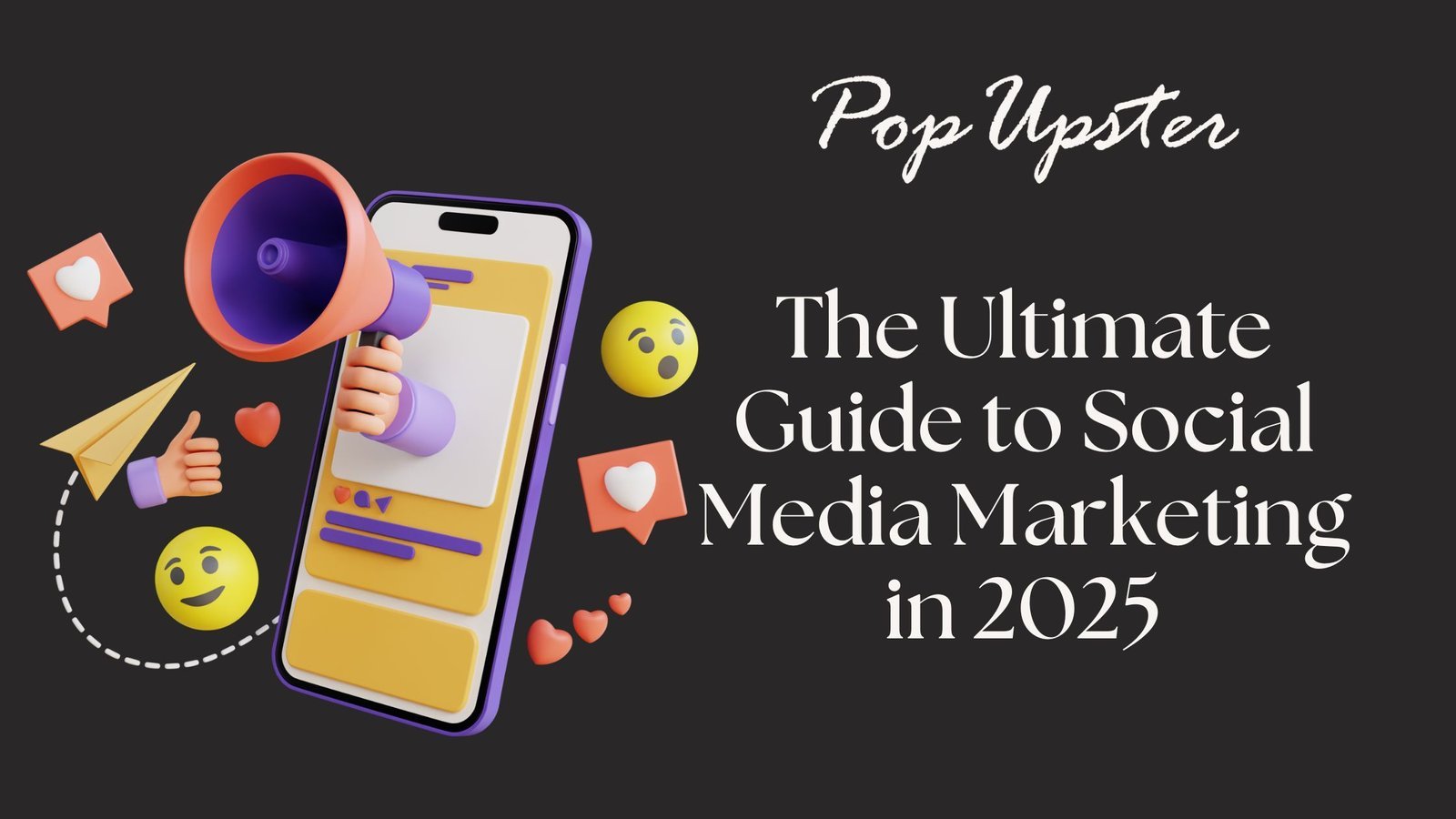Social media continues to be a crucial component of any successful marketing strategy, offering unparalleled opportunities to connect with audiences, build brand awareness, and drive conversions. In 2025, the landscape of social media marketing will continue to evolve, presenting new challenges and opportunities. This guide will explore the essential strategies and trends you need to know to maximize your social media presence.
1. The Power of Video Marketing
- Why it’s important: Video content has become the most engaging format on social media. Platforms like YouTube, TikTok and Instagram are designed for video.
- What to expect: Short-form video will continue to dominate, with platforms like TikTok and Instagram Reels leading the way. Live video will also remain an effective way to engage with audiences in real-time.
- How to adapt: Create high-quality, visually appealing videos that capture your audience’s attention. Use video to tell your brand’s story, offer tutorials, and share behind-the-scenes content. Consider platforms like Wistia, which specializes in video marketing.
2. The Rise of Micro-Communities
- Why it’s important: Users are increasingly seeking out niche communities where they can connect with like-minded individuals.
- What to expect: Micro-communities on platforms like Reddit and even smaller groups on other social media sites will gain importance. These communities often have a dedicated and engaged user base.
- How to adapt: Identify and engage with micro-communities relevant to your industry. Participate in discussions, share valuable content, and build authentic relationships with users.
3. The Impact of AI
- Why it’s important: AI tools are revolutionizing social media management and content creation, offering new opportunities for marketers.
- What to expect: Expect more AI-powered features on social media platforms, including AI writing tools, content creation and scheduling, and audience analytics.
- How to adapt: Experiment with AI tools to automate social media tasks, generate content, and analyze engagement metrics. Tools like the Buffer AI Assistant can help you generate images and schedule content.
4. Personalization is Key
- Why it’s important: Users expect personalized experiences that cater to their interests and preferences. Generic content is no longer effective.
- What to expect: Expect social media platforms to continue to offer more sophisticated personalization features to target specific user segments.
- How to adapt: Use data to segment your audience and tailor your content accordingly. Use personalized messaging to create a more engaging experience for your users.
5. Social Commerce Integration
- Why it’s important: The lines between social media and e-commerce are blurring. Social commerce is making it easier for users to purchase products directly through social media platforms.
- What to expect: Expect to see further integration of shopping features on platforms like Instagram and TikTok. Shoppable posts and in-app purchasing will become more prevalent.
- How to adapt: Optimize your social media profiles for shopping, use shoppable posts, and provide a seamless purchasing experience. Pay attention to how users are engaging with products on social media.
6. Content Authenticity and Transparency
- Why it’s important: Users are increasingly discerning about the content they consume and expect brands to be authentic and transparent.
- What to expect: Expect users to respond more favourably to content that is genuine and transparent. Avoid using manipulative tactics, and prioritize building trust with your audience.
- How to adapt: Share behind-the-scenes content, feature real people, and be transparent about your brand values. Build strong relationships with users and establish credibility.
7. Utilizing Social Media Analytics
- Why it’s important: Measuring the effectiveness of social media campaigns is crucial to improve results. Data-driven insights will continue to be necessary to optimize your strategies
- What to expect: Expect platforms to offer more sophisticated analytics tools for tracking engagement, reach, and conversions.
- How to adapt: Use social media analytics tools to monitor performance, identify what’s working and what’s not, and make data-driven decisions to optimize your campaigns.
8. Adapting to Platform Changes
- Why it’s important: Social media platforms are continuously evolving, with new features and policies being introduced regularly.
- What to expect: Expect new platforms like Bluesky to gain popularity, as well as shifts in how established platforms function.
- How to adapt: Stay informed on the latest updates to social media platforms, experiment with new features, and be ready to adapt your strategies quickly to remain relevant.
Conclusion
Social media marketing in 2025 will be characterized by a focus on video, personalization, AI, and community building. By staying ahead of these trends and focusing on high-quality, authentic content, marketers can make the most of social media to connect with audiences and drive meaningful results. The key is to remain flexible and adaptable in this dynamic landscape.
Need Help Growing Your Business Online?
At Popupster, we specialise in creating tailored digital marketing strategies that deliver results. Whether it’s social media marketing, content creation, or designing impactful campaigns, we’re here to help you achieve your goals.
Let’s discuss how we can take your brand to the next level. Contact us today at jd@popupster.in!




 by
by